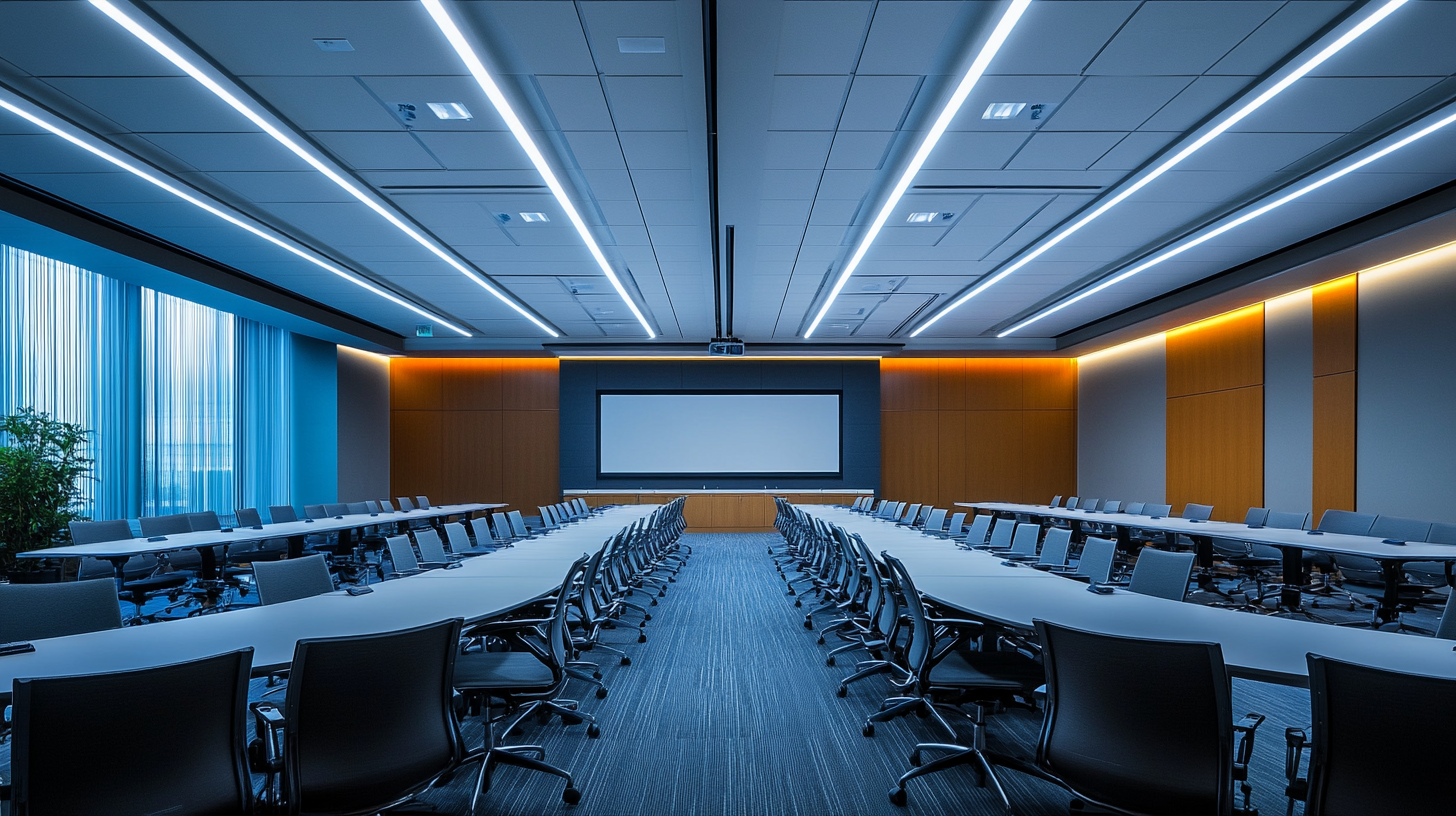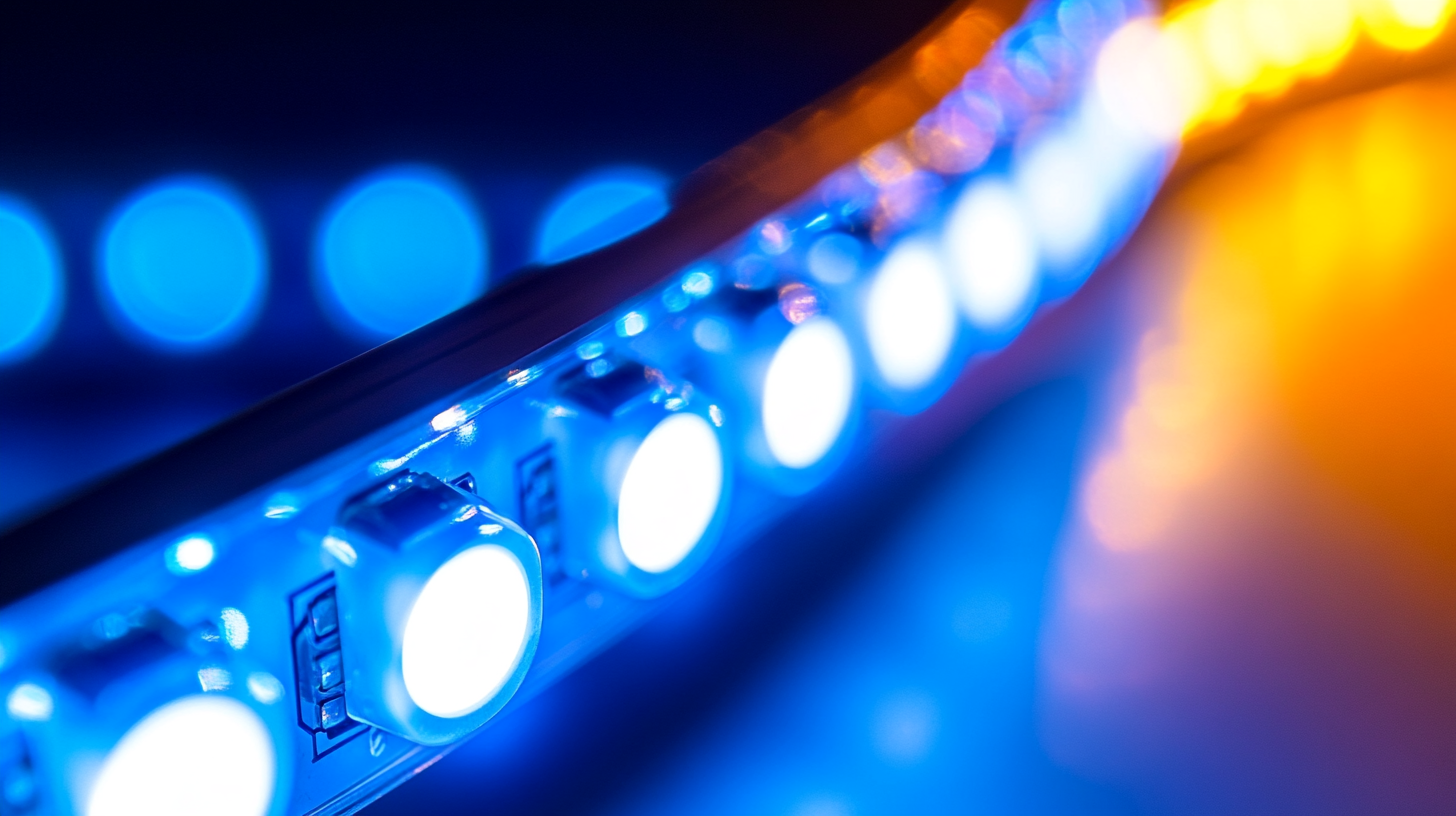Maximizing Your ROI: How Superior After-Sales Support Reduces LED Lighting Maintenance Costs
The evolution of LED lighting technology has revolutionized the way businesses approach energy efficiency and cost savings. According to a report by the U.S. Department of Energy, LED lighting can achieve energy savings of up to 75% compared to traditional incandescent bulbs, while also boasting a lifespan that is 25 times longer. However, the initial investment in LED systems can be offset by impending maintenance costs, which often arise when after-sales support is lacking. A comprehensive study from the Lighting Research Center reveals that subpar after-sales service contributes to increased operational disruptions and maintenance expenses, negating the cost benefits of LED technology. Therefore, maximizing your return on investment (ROI) hinges not only on the selection of superior LED products but also on the efficacy of the after-sales support provided. By investing in top-notch after-sales services, businesses can significantly reduce maintenance costs, ensuring that the advantages of LED lighting are fully realized.

Understanding the Importance of After-Sales Support in LED Lighting
After-sales support plays a crucial role in the successful implementation and longevity of LED lighting systems. Many businesses initially focus on the cost of purchase and installation, overlooking the importance of having a robust support framework in place. Effective after-sales support not only addresses immediate operational concerns but also enhances overall user satisfaction and reliability. This system can streamline maintenance processes, reduce downtime, and ensure optimal performance for long-term lighting solutions.
Investing in high-quality after-sales support means having access to expert advice and prompt service when issues arise. Whether it’s troubleshooting faulty fixtures or replacing components, reliable support is essential in minimizing disruptions. Furthermore, consistent maintenance and timely interventions can significantly extend the lifespan of LED fixtures, ultimately reducing overall maintenance costs. By fostering a good relationship with support teams, businesses can not only maximize their return on investment but also pave the way for a sustainable lighting future, reflecting their commitment to quality and efficiency.

Key Components of Effective After-Sales Support for LED Systems
Effective after-sales support is critical in maximizing ROI for LED lighting systems by significantly reducing maintenance costs. In an era where customer engagement is increasingly driven by AI-enabled solutions, institutions can leverage technology to deliver personalized and proactive after-sales services. According to a report on the material handling integration market, leveraging technology can lead to enhanced performance, ultimately translating to more efficient maintenance operations. This shift towards advanced customer support has proved invaluable, particularly in the LED sector, where the demand for energy-efficient solutions continues to rise.
Key components of effective after-sales support for LED systems include prompt technical assistance, regular system check-ups, and the provision of spare parts at competitive rates. Research indicates that the global emergency lighting market is anticipated to grow at a CAGR of 13.0% from 2024 to 2030, underscoring the importance of reliable after-sales support in a rapidly evolving industry. Proactive engagement and well-structured support services not only optimize system performance but also enhance customer satisfaction, ensuring a long-term relationship with clients in the competitive LED marketplace.

How Proactive Maintenance Strategies Minimize Costs
Proactive maintenance strategies are essential for minimizing costs associated with LED lighting systems. Unlike reactive maintenance, which often leads to unexpected outages and costly repairs, proactive methods focus on routine inspections and preventive actions. By regularly monitoring the performance of LED fixtures, businesses can identify potential issues before they escalate, ensuring that small problems don’t evolve into expensive repairs or replacements.
Implementing a structured maintenance schedule can significantly extend the lifespan of LED lights. This approach not only reduces the frequency of service calls but also allows for better budgeting of maintenance expenses. With fewer disruptions and lower maintenance costs, companies can allocate funds more effectively, enhancing overall ROI. Moreover, utilizing smart technology to track performance and usage data can help identify patterns and optimize maintenance schedules, making the entire system more efficient and reliable. Embracing these proactive strategies is a smart move for any organization looking to enhance their lighting systems while keeping costs under control.
Analyzing ROI: The Financial Impact of Superior After-Sales Services
Superior after-sales services play a crucial role in maximizing the return on investment (ROI) for businesses utilizing LED lighting solutions. According to a report by the International Energy Agency (IEA), the average lifespan of LED lighting can reach up to 50,000 hours, significantly reducing the frequency of replacements. However, without proper after-sales support, maintenance challenges can arise, inflating long-term costs. A study by the American Council for an Energy-Efficient Economy (ACEEE) revealed that companies with responsive after-sales teams experienced up to a 30% decrease in maintenance costs over a five-year period, highlighting the financial impact of robust support systems.
Moreover, efficient after-sales services can lead to improved customer satisfaction, further influencing ROI. A survey by ServiceMax indicated that 86% of consumers are willing to pay more for superior after-sales support. This investment in customer service not only cultivates loyalty but also enhances brand reputation, driving additional revenue streams. By investing in after-sales support, businesses can capitalize on significant savings in maintenance expenses while maximizing customer retention, ultimately boosting their overall ROI.
Maximizing Your ROI: How Superior After-Sales Support Reduces LED Lighting Maintenance Costs
| Dimension | Before After-Sales Support | After After-Sales Support | Savings (%) |
|---|---|---|---|
| Frequency of Maintenance (per year) | 4 | 2 | 50% |
| Cost per Maintenance ($) | 200 | 150 | 25% |
| Total Maintenance Cost ($) | 800 | 300 | 62.5% |
| Customer Satisfaction Rate (%) | 70 | 90 | 20% |
| Return on Investment (ROI) (%) | 15 | 35 | 133.33% |
Case Studies: Success Stories of Reduced Maintenance Costs in LED Lighting
When it comes to LED lighting solutions, effective after-sales support can significantly influence maintenance costs. Numerous case studies highlight how businesses have capitalized on superior support services to achieve remarkable cost reductions. For example, a leading retail chain partnered with an LED supplier that offered comprehensive after-sales assistance. This proactive support allowed the retailer to identify and resolve issues before they escalated, resulting in a 30% decrease in maintenance expenses over two years.
Another compelling success story involves a municipal project aimed at upgrading street lighting. The city opted for a supplier known for its robust after-sales support program. With regular maintenance checks and immediate response to technical queries, the city witnessed a 50% reduction in outages and associated repair costs. This timely intervention not only improved safety but also enhanced energy efficiency, reflecting the profound impact of effective after-sales service on organizational budgets. Through these examples, it's clear that investing in superior after-sales support not only minimizes downtime but also maximizes ROI by effectively reducing maintenance costs in LED lighting systems.





